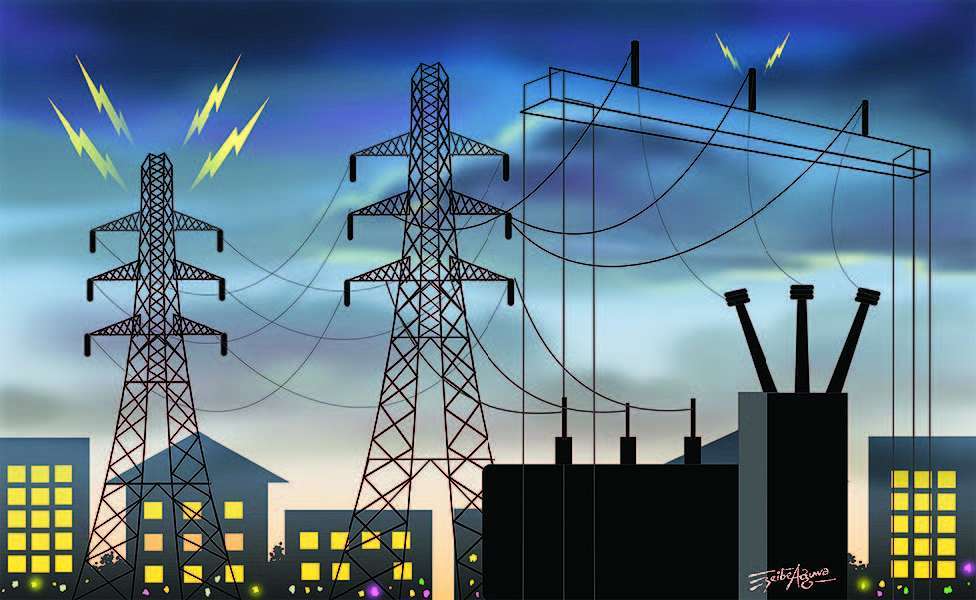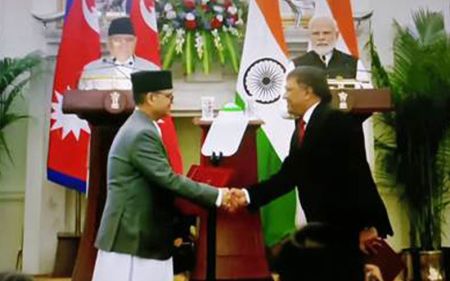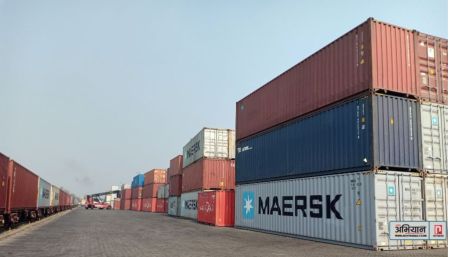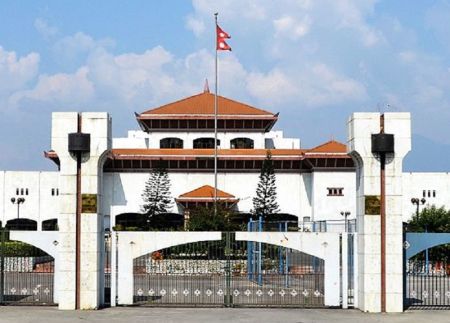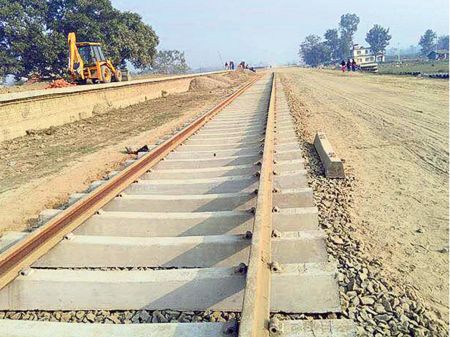May 7: The Nepal Electricity Authority (NEA) has been implementing unannounced power cuts in the industrial establishments for the past four months. The situation has further worsened since the beginning of April after India decided to provide electricity only during the daytime hours.
Consequently, industrialists in the Bara-Parsa Industrial Corridor have been severely impacted by irregular power supply, even during designated electricity supply periods.
With the onset of winter, the country's hydropower projects, reliant on river flows, can only produce electricity at approximately one-third of their total capacity. This limitation necessitates importing electricity from India.
However, due to the inadequate carrying capacity of internal transmission lines, NEA has struggled to distribute the imported electricity from the Dhalkebar-Muzaffarpur international transmission line to the industrial sector adequately.
Despite claims of load shedding being entirely eradicated, industrial areas in the Terai region continue to experience power cuts during the dry season.
NEA initially initiated power cuts in industries last year, citing low availability of electricity. However, after these unannounced interruptions disrupted production, entrepreneurs urged NEA leadership to implement a schedule for power cuts.
The industries in Bara-Parsa corridor fed electricity through 66 and 11 KV transmission lines experience power cuts from 6 pm to 6 am. NEA states that since India only supplies electricity from 6 am to 6 pm, industries are provided power during this timeframe. However, industrialists report not only unannounced power cuts lasting up to 12 hours a day but also frequent 'tripping' disruptions during NEA's stipulated supply hours.
Industrialists in the Bara-Parsa corridor, particularly those involved in production of construction material, lament significant production losses due to the unannounced power cuts. The irregular electricity supply has exacerbated challenges in production scheduling and worker management, leading to financial losses and decreased productivity.
With the current economic recession dampening market demand, industrialists express frustration at being unable to capitalize on rising demand for construction materials during peak seasons. Despite the government's capital expenditure surge in the third quarter of the fiscal year, industrialists remain disappointed by their inability to meet market demand due to electricity shortages.
Furthermore, industrialists who previously removed generators following NEA's announcement of an end to load shedding now regret their decision. Presently, NEA faces challenges in meeting the country's total electricity demand, necessitating imports from India to bridge the shortfall.
NEA spokesperson Chandan Kumar Ghosh attributes power cuts in industries to decreased domestic production and limited imports from India. Ghosh explains that due to the import of electricity only during specified hours, industries are supplied electricity accordingly, leading to tripping issues when demand exceeds capacity.
Despite NEA's efforts to manage the demand of the industrial corridor by augmenting supply from other sources, challenges persist due to weather-related fluctuations and increasing demand. Ghosh remains optimistic that these issues will be mitigated with rising water levels in the rivers following rainfall, ultimately resolving the ongoing power supply issue.


